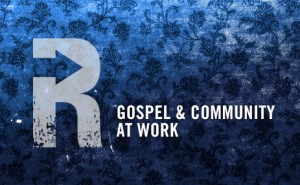 Today over half the world’s population lives in cities and half of those cities are Asian. There are over 400 cities with a population of over a million. The future of our world is profoundly urban shaped. As cities have emerged, morphed, and multiplied over the centuries, they have created the contours of civilization. Cities are man-made infrastructures that facilitate the flow of goods and services, exercise government, provide education, produce, and contribute to human flourishing in general.
Today over half the world’s population lives in cities and half of those cities are Asian. There are over 400 cities with a population of over a million. The future of our world is profoundly urban shaped. As cities have emerged, morphed, and multiplied over the centuries, they have created the contours of civilization. Cities are man-made infrastructures that facilitate the flow of goods and services, exercise government, provide education, produce, and contribute to human flourishing in general.
Urban planners and theologians alike have come to view cities as spaces comprised of various domains. A domain is distinct sphere of city life. Experts identify between five and ten domains—Family, Education, Media, Arts, Business, Government, Social Services and so on. These domains work together to create holistic urban life, to foster human flourishing.
How does the Christian church fit into the city? Where does the Church fit into urban domains? What is our responsibility with regard to human flourishing? Consider a few of ways to view the church’s relationship to the city. Read the rest.
This article was originally published by Boundless as “How to Renew a City”


